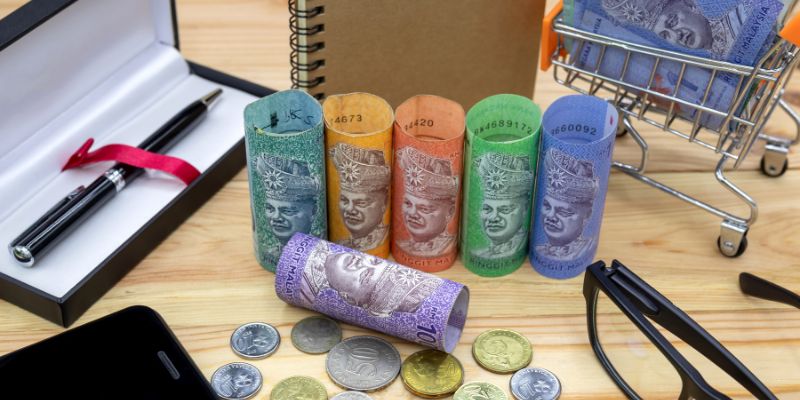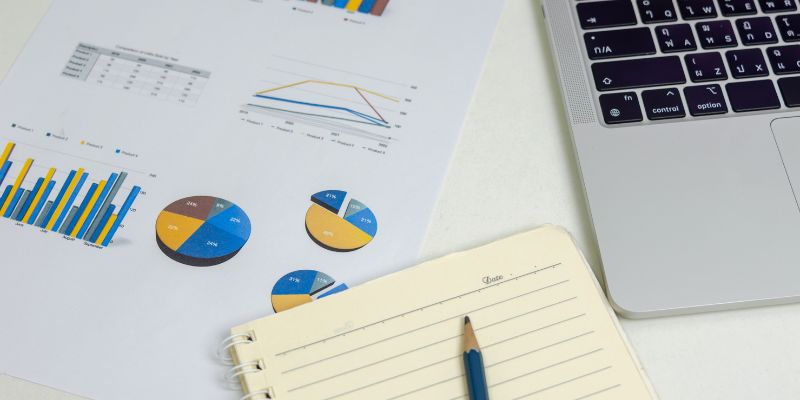Money Market: Meaning, Features, Types and Function
May 17, 2024 By Susan Kelly
The money market is an important part of the financial system because it makes borrowing, giving, buying, and selling short-term financial instruments easier. The market is constantly changing, and banks, governments, and businesses use it to handle their cash needs. Investors and companies need to know what the money market is, how it works, and its different types.
What Does the Money Market Mean?
In the money market, short-term financial assets with low risk and high liquidity are bought and sold. These assets usually have one-year or fewer terms, making them appealing to investors who want stability and quick access to their money. On the capital market, purchases are made for the long term. The money market is different.

Features of the Money Market
- High Liquidity: Instruments used in the money market are very liquid, making them easy to buy or sell without changing prices.
- Low Risk: These instruments are considered low risk because they are short-term and the issuers, such as governments or financial companies, are creditworthy.
- Short Maturity: Money market assets have short maturities, meaning investors can access their money quickly. These maturities usually range from one day to one year.
- Regulated Market: The money market is controlled to ensure that all financial deals are clear, fair, and stable.
Types of Money Market Instruments
Treasury Bills (T-Bills):
Treasury bills are short-term debt instruments that governments use to raise money quickly. Because the government's credit backs them, they are effortless to sell and don't carry any risk. They are often due in a few days to a year, and they do a lot of trading on the secondary market.
Commercial Paper (CP):
Commercial paper is short-term promissory notes given by companies that can be trusted. These notes have no security, but financially stable companies gave them, so they pose little risk. Corporations use CP to get short-term loans for payroll, supplies, or running costs. Commercial paper is still sold on the market, even though it is not as easy as Treasury bills.
Certificates of Deposit (CDs):
Companies like banks and credit unions give certificates of deposit as time deposits. They have set due dates, usually between three months and a year, but can be anywhere from a few days to several years. CDs have a fixed interest rate and aren't too risky, especially if backed by an insurance company like the FDIC. But there may be fees for taking money out early, which makes them less liquid than other money market products.
Repurchase Agreements (Repos):
In a repos agreement, one party sells securities to another party with the understanding that they will be repurchased later at a slightly higher price. Financial institutions often use repos to borrow or give money for short periods. They are very liquid and are backed by securities, which lowers the risk.
Banker's Acceptance (BA):
A banker's acceptance (BA) is a short-term loan secured by a bank made by a non-financial company. These tools are often used to make deals easier during foreign trade, especially when the buyer and seller are in different countries. Due to the bank's guarantee, BAs are considered low risk because they promise to pay the seller.
Each type of money market instrument is used for a different purpose and has different liquidity, risk, and return levels. This means that investors and companies can tailor their investment plans to fit their financial goals and level of comfort with risk.

Function Of Money Market
Liquidity Management:
One of the main jobs of the money market is to make it easier for banks, businesses, and governments to control their cash flow. When there is liquidity, cash on hand or assets can be quickly turned into cash without losing much of their value. People can easily buy or sell short-term financial assets like Treasury bills, commercial paper, and certificates of deposit on the money market to meet their short-term cash needs. This quick access to funds ensures businesses meet their financial obligations and immediately take advantage of investment chances.
Short-Term Borrowing and Lending:
The money market is where people can borrow and give money for short periods. When banks, businesses, and governments issue money market tools like commercial paper or banker's acceptances, they can borrow money for short periods. Money market tools like certificates of deposit and repurchase agreements let investors who want to make short-term investments lend money. This system of giving and borrowing money helps get money to the right places quickly and meets short-term funding needs.
Price Discovery:
Finding prices is another essential job of the money market. Short-term interest rates, like the federal funds rate, are set by how the supply and demand of money market assets change over time. Central banks and other financial institutions keep a close eye on money market rates because they impact the economy as a whole, affecting things like lending rates, investment choices, and the implementation of monetary policy. Finding prices in the money market shows how market conditions, investor sentiment, and the economic outlook are changing. This gives market players and policymakers helpful information.
Monetary Policy Implementation:
The money market is a tool that central banks use to carry out monetary policy and reach their financial goals. Central banks change the amount of money in circulation and short-term interest rates by buying and selling government bonds on the money market. This is called "open market operations." For example, when the economy grows, a central bank might sell government bonds to lower the amount of money in circulation and raise short-term interest rates to keep inflation in check. When the economy is bad, on the other hand, central banks may buy stocks to increase liquidity and lower interest rates, which makes people more likely to borrow money and spend it.
Risk Management:
The money market has many short-term financial products with different levels of risk, which helps people properly control the amount of risk they are exposed to. For example, buyers who want to be safe might choose low-risk investments like Treasury bills or high-quality commercial paper. Suppose investors are ready to take on more risk in exchange for a higher possible return. In that case, they may choose instruments such as commercial paper from reputable companies or repurchase agreements backed by securities. Because there are so many types of instruments, investors can make their portfolios fit their risk tolerance and financial goals.
ConclusionThe money market is essential to the financial system because it lets people borrow and lend money for short periods and handles liquidity. Investors and companies alike are drawn to it because it has many different instruments, a high level of liquidity, and low risk. To make good decisions in the complicated short-term financial markets, you must know the various kinds of money market products and how they work.








